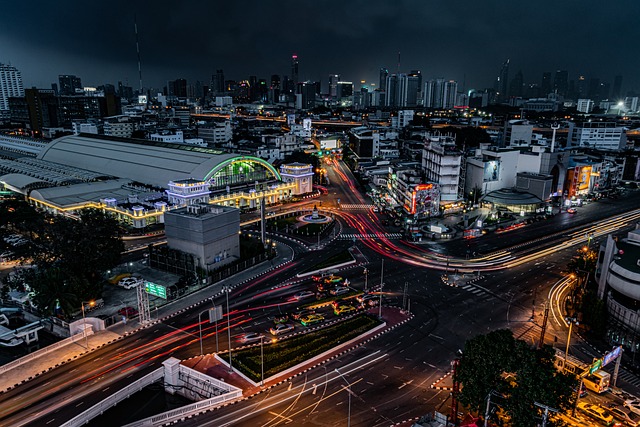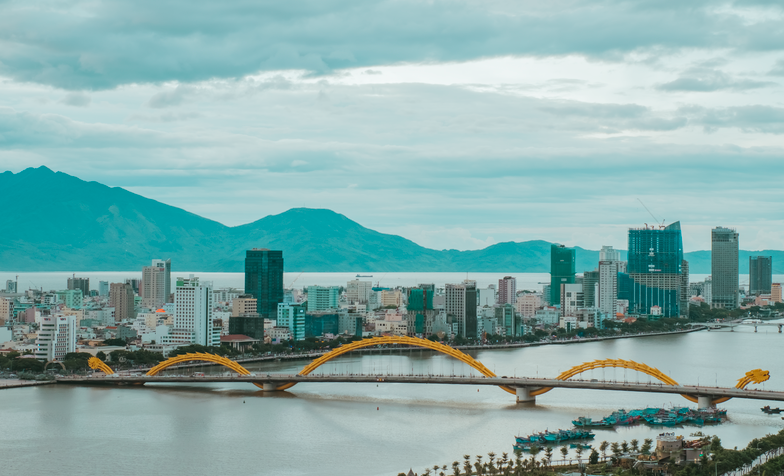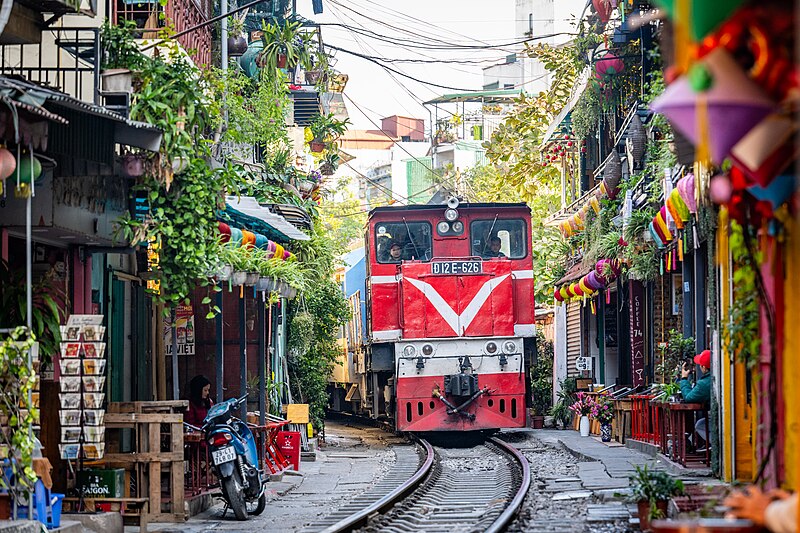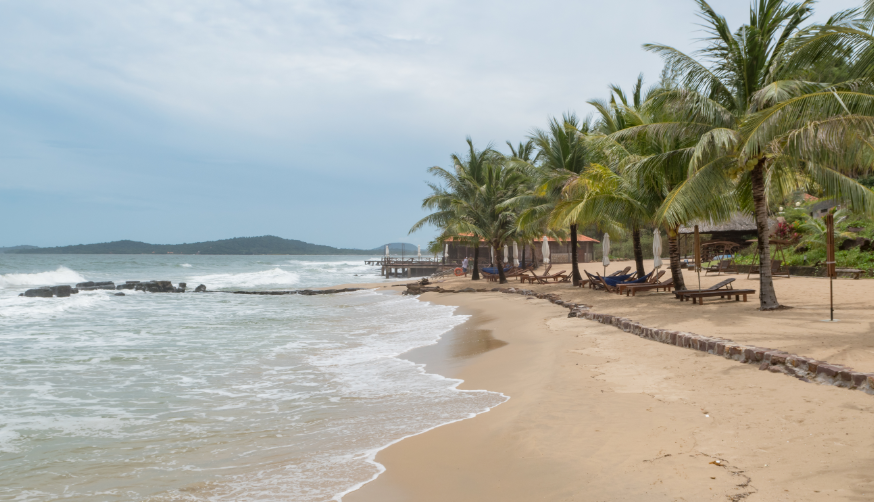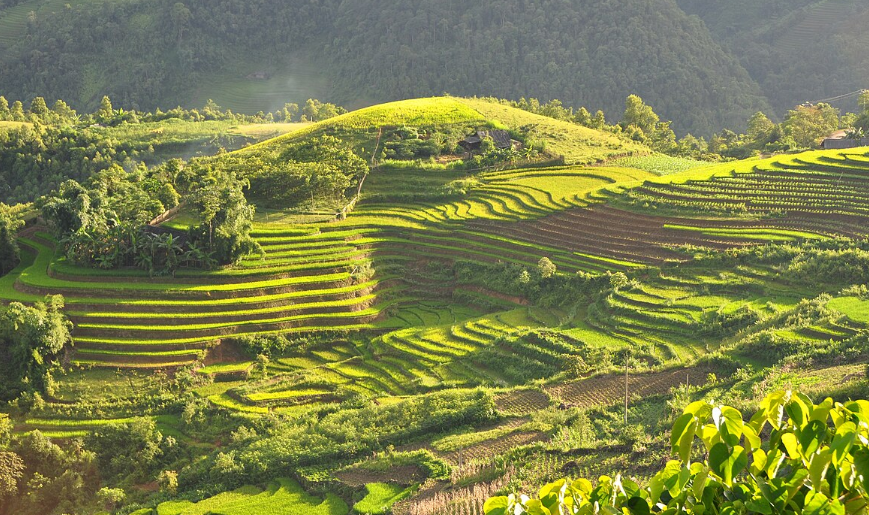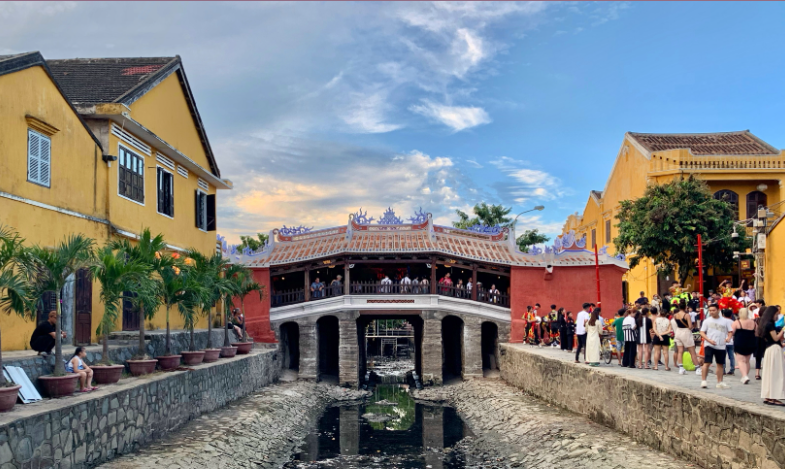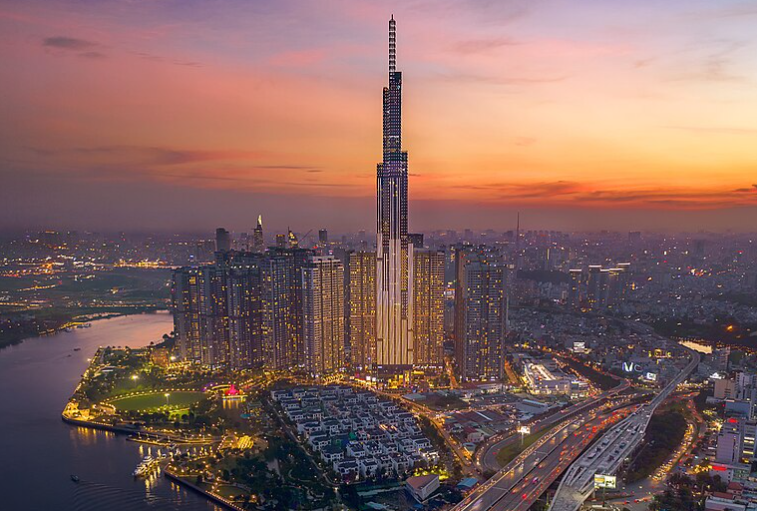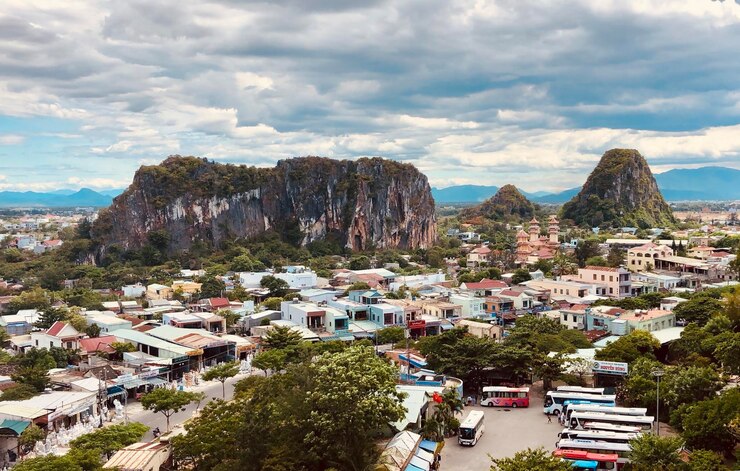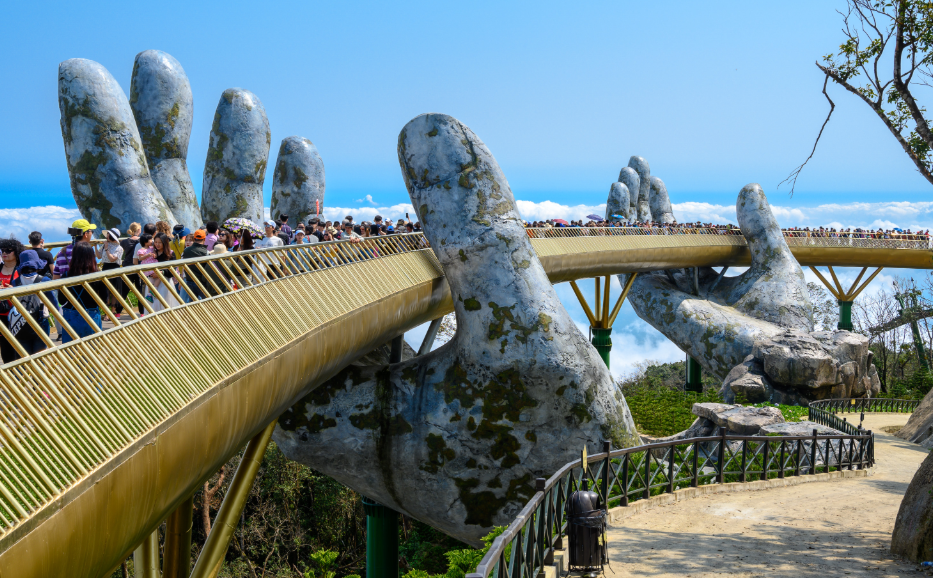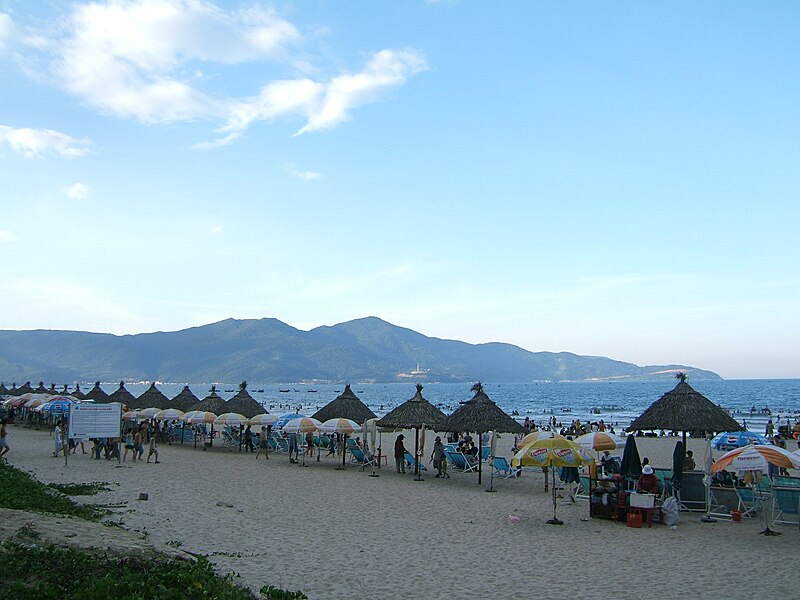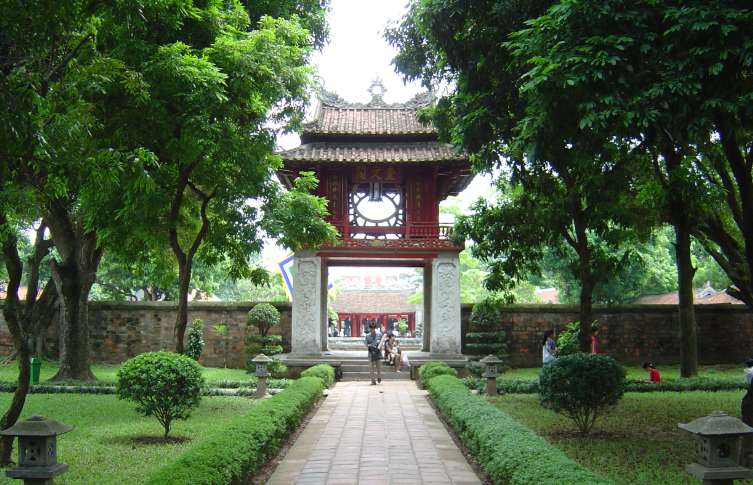The combination of ancient customs meets contemporary living across Vietnam's extensive lands and natural terrain. Every part of this nation presents extraordinary experiences that draw tourists representing multiple tastes. Everyone will find a purpose in enjoying Vietnam through its different attractions, which cater to cultural environments, nature retreats, and active adventures. This article will highlight essential locations that draw visitors throughout Vietnam's magical domain.
1. Hanoi: The Heartbeat of Vietnam
The Vietnamese capital unites three distinct elements between ancient traditions and contemporary energy. Tourists flock to the Old Quarter to experience the traffic-filled environment surrounding its dirt roads housing historic European buildings. Visitors must see Hoan Kiem Lake with the Temple of Literature and the Ho Chi Minh Mausoleum to understand Vietnam's culture and historical past. Street food in Hanoi provides two legendary local dishes, pho and bun cha.
2. Halong Bay: A Natural Wonder
Halong Bay has gained UNESCO World Heritage Site designation due to its spectacular coastline featuring more than 1,600 limestone islands and islets. Cruise boat services alongside sea kayaking provide on-site access to two notable caves, Sung Sot and Thien Cung. The picturesque shores between the translucent ocean and tall cliffs make Halong Bay a destination that you should definitely see.
3. Sapa: A Mountain Paradise
Sapa rests within the glorious heights of the Hoang Lien Son mountains because it features dramatic scenery with rice terraces hiking through misty valleys and multicoloured ethnic cultural groups. Trekking between Cat Cat and Ta Van is an opportunity to discover genuine village cultural experiences. Adventure seekers should make Fansipan Mountain their top highlight in Indochina because it ascends as the region's highest peak.
4. Hoi An: The Lantern-Lit Town
Historic Hoi An exists as a time-captured town that has gracefully stayed unchanged. The city stands out for its preserved historical buildings and is an official UNESCO World Heritage Site. The narrow streets lined with lanterns offer visitors the chance to see the Japanese Covered Bridge before shoppers explore tailor-made clothing options in town boutiques. Each month locals and visitors gather for the Lantern Festival to witness thousands of lights drift on Thu Bon River through the town's lantern-lit streets.
5. Da Nang: The City of Beaches and Bridges
Da Nang stands as a beachfront city that brings together restful activities along with thrilling experiences. At My Khe Beach, visitors can find golden beaches and iridescent waters, and adventure seekers can discover hidden wonders within the Marble Mountains.
6. Hue: The Imperial City
The former imperial capital of Vietnam sits in Hue and maintains numerous historic landmarks as its principal features. Nestled at UNESCO World Heritage Site status stands the Imperial Citadel as a vast compound with royal courtyards, spiritual sites, and gates. You can reach all the sites along the Perfume River by taking a dragon boat cruise for a picturesque journey. Check out the royal burial sites with Thien Mu Pagoda, which stands as a symbol of Saigon.
7. Ho Chi Minh City (Saigon): The Urban Dynamo
Located as Vietnam's biggest metropolitan center Ho Chi Minh City features a duality between historic and contemporary elements. Experience Vietnam's past through stops at the War Remnants Museum and sights at the Cu Chi Tunnels and Notre Dame Cathedral. The city offers two main attractions for food lovers and shoppers: vibrant markets at Ben Thanh and street food and shopping destinations.
8. Mekong Delta: The Land of Rivers
The Mekong Delta functions as Vietnam's central rice-growing region, and it exists as a network of rivers, canals, and islands. Float through Cai Rang's produce market to observe vendors dispersing fresh merchandise directly from their watercraft. Boat tours into mangroves and small village explorations give travellers an authentic feel of regional rural life.
9. Ninh Binh: The Inland Halong Bay
Ninh Binh is a stealth destination displaying karst formations alongside serene waters and historic temples. Boat tours through limestone caves at Trang An Scenic Landscape Complex should be at the top of every traveller's itinerary because it holds UNESCO World Heritage status. Besides Hoa Lu Ancient Capita, the Mua Cave is a must-see attraction with its elevated vantage point.
10. Phu Quoc: The Island Escape
Travellers who enjoy beach destinations will discover paradise when visiting Phu Quoc. Visitors to this island island can explore beautiful beaches alongside coral reefs together with dense forests. Long Beach grants peaceful relaxation, but the Phu Quoc Night Market showcases local fresh seafood to its visitors. Local activities in this area include snorkelling and diving alongside park exploration within the Phu Quoc National Park.
Conclusion: Vietnam's Unforgettable Allure
Each destination in Vietnam shares part of the country's cultural legacy along with exceptional landmarks of natural beauty and historic sites. Every adventure takes a different shape, from Sapa Mountain trekking through Halong Bay cruising to Phu Quoc beach relaxing because Vietnam offers the only journeys.
FAQs
What is the most visited place in Vietnam?
Ha Long Bay is the most visited place in Vietnam, known for its emerald waters, limestone islands, and scenic boat tours.
Which part of Vietnam is best?
It depends on preferences. The north offers Ha Long Bay and Sapa, the central region has Hoi An and Hue, and the south boasts Ho Chi Minh City and the Mekong Delta.
Is 7 days enough in Vietnam?
Yes, seven days are enough to explore one or two regions, such as Hanoi and Ha Long Bay or Hoi An and Da Nang, for a balanced experience.
Where should I go for the first time in Vietnam?
Hanoi is ideal for first-time visitors with its history and access to Ha Long Bay. Hoi An is perfect for cultural charm, while Ho Chi Minh City suits those seeking urban excitement.
10 0



